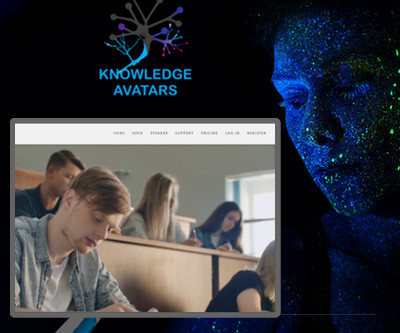Technology Shifts Shine a Light on the Future of Learning
Litmos
JANUARY 28, 2017
Every month I contribute a short video segment as the US correspondent for LearningNow.TV. For January, I compiled a brief recap of my experience at CES2017. I did not focus too much on the training/learning potential of these gadgets in my report. However, I think it's important to note that I did not capture these moments just because they looked interesting.



















Let's personalize your content